Despite the "rain" of sanctions hitting Russia, the country is still pumping natural gas to Europe via Ukraine. Why?
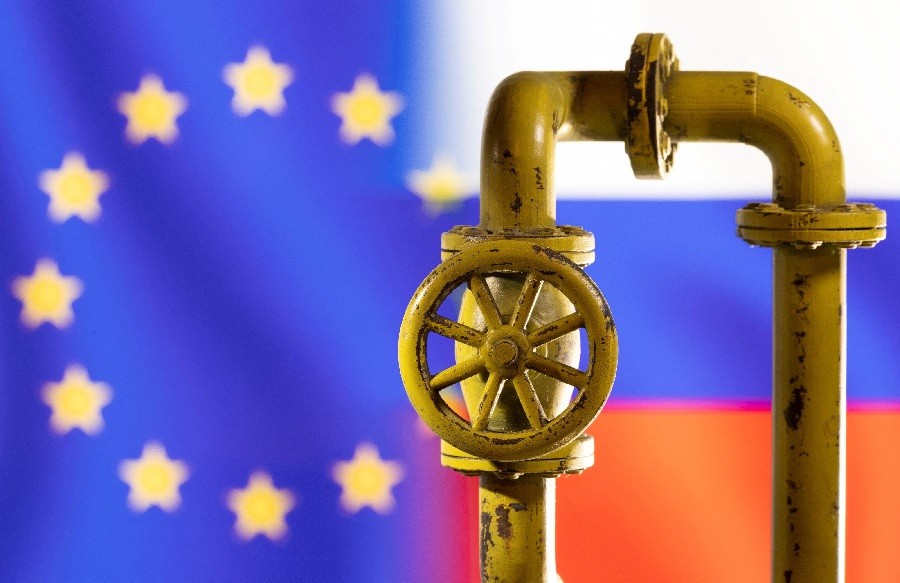 |
| Before Russia's special military operation in Ukraine began in February 2022, Russia had supplied a total of about 63.8 billion cubic meters of gas to Europe via various routes. (Source: Reuters) |
The Soviet-era Urengoy-Pomary-Uzhgorod pipeline carries gas from western Siberia through Sudzha in Russia's Kursk region, then flows through Ukraine towards Slovakia.
In Slovakia, the gas pipeline is split, with one branch going to the Czech Republic and the other to Austria. The main buyers of Russian gas along this route are Hungary, Slovakia and Austria.
Europe "turns its back"
In 2023, 14.65 billion cubic meters of gas will be supplied via Sudzha, equivalent to about half of Russia's natural gas exports to Europe.
Before Russia's special military operation in Ukraine began in February 2022, Russia supplied a total of about 63.8 billion cubic meters of gas to Europe via various routes. Gazprom was the main gas supplier to the European Union (EU).
However, after the Russia-Ukraine conflict broke out in 2022, Moscow's energy giant significantly reduced its exports to the EU due to Western sanctions.
Europe has also turned its back on Russian gas since then. The unexplained attack on the Nord Stream pipeline in September 2022 also caused a sharp decrease in Moscow's gas supply.
In the 27-member bloc, Russian gas has replaced liquefied natural gas (LNG). The US has increased its share of LNG exports to the EU to 56.2 billion cubic meters by 2023. Meanwhile, Norway has increased its exports to the EU to 87.7 billion cubic meters over the same period.
Other suppliers are North African countries, the UK and Qatar.
Why does Russia still send gas through Ukraine?
About half of Russia's natural gas exports to Europe pass through Ukraine. The main reasons are money and history.
Gazprom, which holds about 15% of the world's gas reserves and employs about 490,000 people, is one of Russia's most powerful companies. It has grown so large that it has been likened to a country within President Putin's country.
But the giant has fallen on hard times due to the loss of the European gas market. The company posted a net loss of 629 billion rubles in 2023 – its first annual loss in more than 20 years – amid a decline in gas sales to Europe, once its main sales market.
Meanwhile, Ukraine, once an integral part of the Soviet Union, also earns money from transiting Moscow gas to the EU.
In December 2019, Moscow and Kiev signed a five-year agreement on the transit of Russian gas through Ukraine: 45 billion cubic meters in 2020 and 40 billion cubic meters per year from 2021 to 2024.
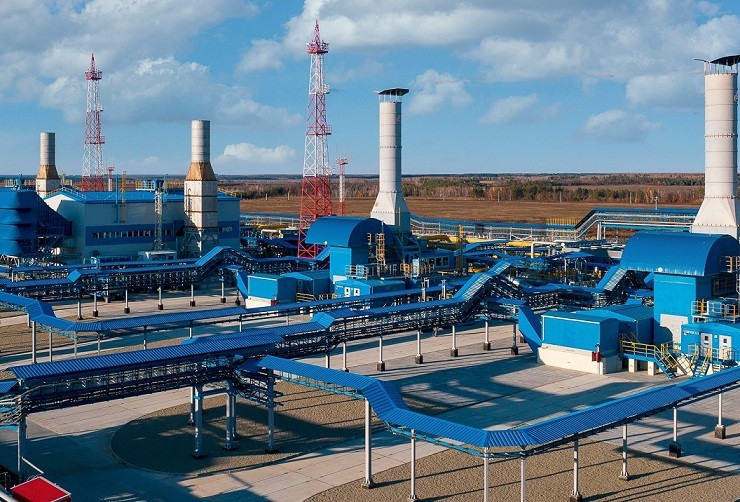 |
| The five-year agreement with Gazprom for Ukraine to continue its role as a gas transit route is set to expire at the end of 2024. (Source: Gazprom). |
Kiev received about $1 billion (0.92 billion euros) in 2021 for gas transit from Moscow. Due to lower deliveries to Europe since the start of the special military operation, the profit has dropped to about $700 million a year.
The five-year deal with Gazprom for Ukraine to continue serving as a gas transit route expires at the end of 2024. This agreement is the only remaining political and commercial agreement between Moscow and Kiev at the moment.
Ukraine and the EU have downplayed the prospect of a new deal as diplomatic relations have been severed over the special military operation.
Brussels said the 27-member bloc's countries most dependent on Russian gas via Ukraine - such as Austria, Slovakia, Hungary and Italy - could increase imports of liquefied natural gas (LNG) or source gas via other pipelines into the EU.
Moscow, on the other hand, said it was ready to extend the deal.
Russian state news agencies quoted Deputy Prime Minister Alexander Novak as saying: "Transit through its territory depends on Ukraine and this country has its own regulations. Russia is ready to supply gas through this transit station."
Russia suffered losses, EU has prepared
The European Commission said earlier this year that there were alternative sources of supply if Russia and Ukraine did not extend the deal.
Austria, for example, can import from Italy and Germany. Meanwhile, Hungary already receives Russian gas via an alternative route: the TurkStream pipeline. And Slovenia gets gas from Algeria and other sources.
Another option is for Gazprom to supply some of the gas via another route, such as via TurkStream, Bulgaria, Serbia or Hungary.
However, capacity through these routes is limited.
As for Russia, according to Gazprom data, the country could lose about $4.5 billion annually if it stops exporting via pipelines in Ukraine. This estimate is based on an expected average gas price to Europe of $320 per 1,000 cubic meters in 2025.
If the deal is not extended, Moscow plans to use alternative routes and increase LNG exports.
Source: https://baoquocte.vn/se-ra-sao-neu-ukraine-dat-dau-cham-het-cho-duong-ong-dan-khi-dot-nga-qua-chau-au-282539.html



![[Photo] Prime Minister Pham Minh Chinh chaired a meeting to discuss solutions to overcome the consequences of floods in the central provinces.](https://vphoto.vietnam.vn/thumb/1200x675/vietnam/resource/IMAGE/2025/10/29/1761716305524_dsc-7735-jpg.webp)

![[Photo] National Assembly Chairman Tran Thanh Man received a delegation of the Social Democratic Party of Germany](https://vphoto.vietnam.vn/thumb/1200x675/vietnam/resource/IMAGE/2025/10/28/1761652150406_ndo_br_cover-3345-jpg.webp)

![[Photo] Flooding on the right side of the gate, entrance to Hue Citadel](https://vphoto.vietnam.vn/thumb/1200x675/vietnam/resource/IMAGE/2025/10/28/1761660788143_ndo_br_gen-h-z7165069467254-74c71c36d0cb396744b678cec80552f0-2-jpg.webp)
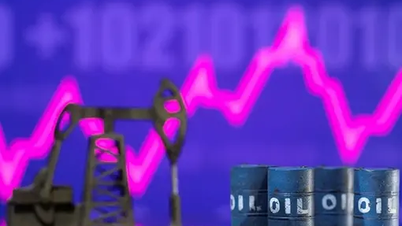



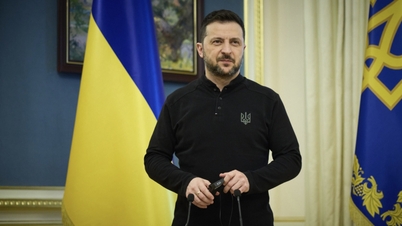

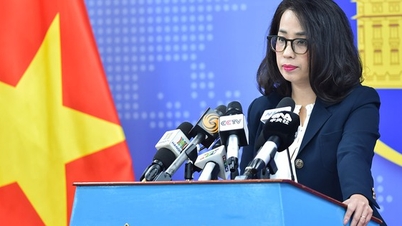

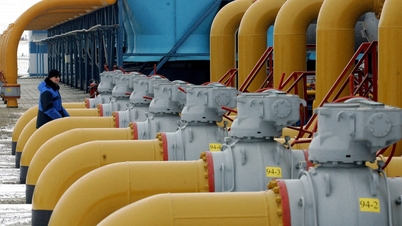

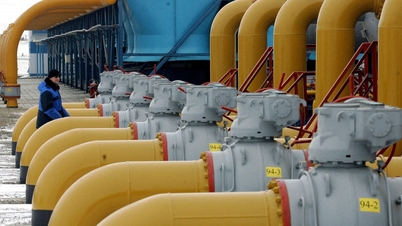






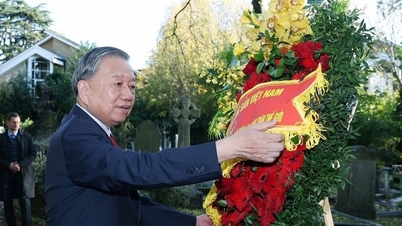
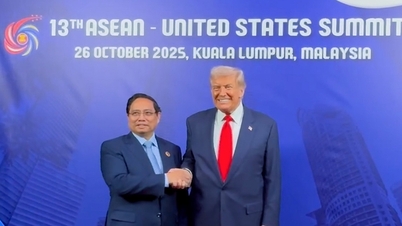








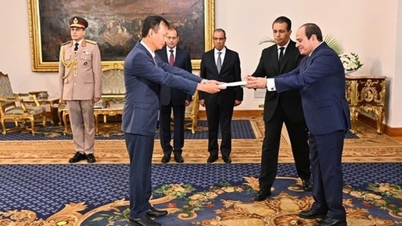


![[Photo] Draft documents of the 14th Party Congress reach people at the Commune Cultural Post Offices](https://vphoto.vietnam.vn/thumb/1200x675/vietnam/resource/IMAGE/2025/10/28/1761642182616_du-thao-tai-tinh-hung-yen-4070-5235-jpg.webp)
































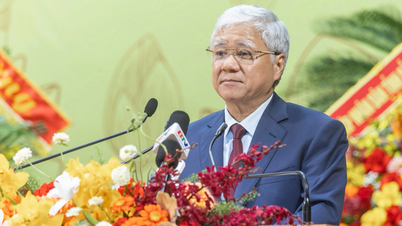
![[Infographic] Vietnam's socio-economic situation in 5 years 2021-2025: Impressive numbers](https://vphoto.vietnam.vn/thumb/402x226/vietnam/resource/IMAGE/2025/10/29/1761730747150_anh-man-hinh-2025-10-29-luc-16-38-55.png)

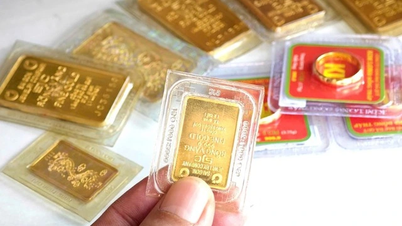
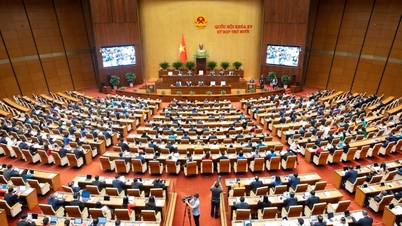
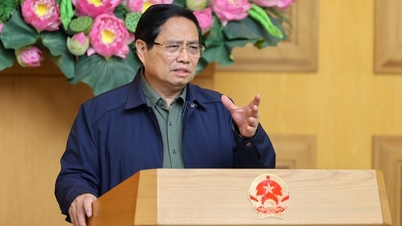





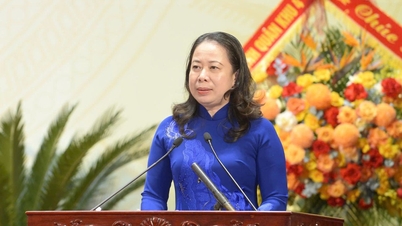


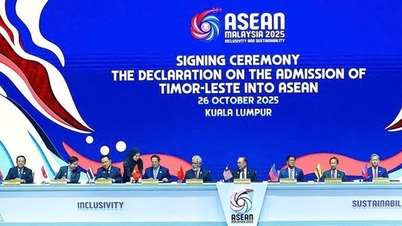
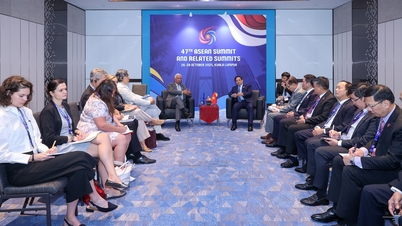



























Comment (0)